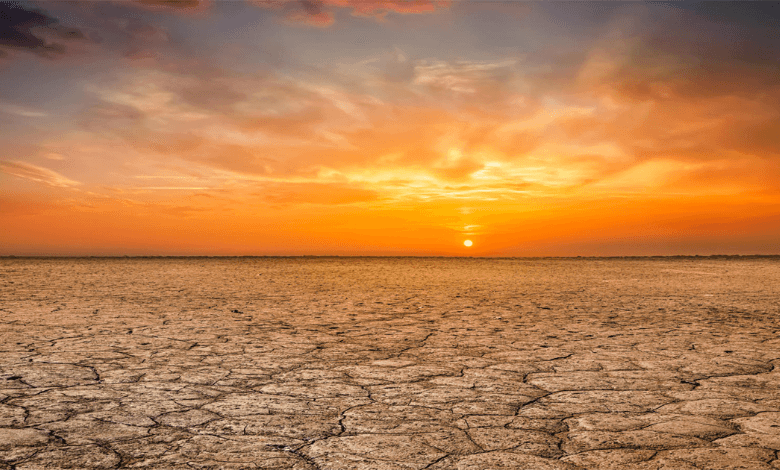Climate Crisis Tally: $391 Million Daily Over 20 Years

Over the past 20 years, damage caused by the global climate crisis has totaled $391 million per day, according to a report.
From 2000 to 2019, the costs of wildfires, heatwaves, droughts, and other extreme events linked to climate change averaged more than $100 billion annually, according to a recent study published in the journal Nature Communications.
We discover that the annual cost of extreme events is related to climate change at US$143 billion. Scientists stated in the report that human mortality accounts for the majority of this, or 63%. The loss of assets and other property accounts for the remaining amount.
2008 had the largest losses, followed by 2003 and 2010, all of which were caused by high death events, according to the study.
Over 80,000 people lost their lives in Myanmar as a result of Tropical Cyclone Nargis in 2008, according to the International Federation of Red Cross and Red Crescent Societies. Throughout continental Europe in 2003, there was an extreme heatwave that claimed 70,000 lives. 2010 saw a drought in Somalia and a heatwave in Russia.
It is becoming more and more difficult to combat the world’s protracted battle with extreme weather events, particularly as disasters worsen and global temperatures rise.
2023 is expected to be the hottest year on record, having just had the world’s hottest summer on record by a wide margin.
A series of extreme weather events were held over the Northern Hemisphere over the summer, resulting in numerous heatwaves that fueled destructive wildfires. Europe’s nations grappled with the aftermath of intense heatwaves and catastrophic floods. August also brought the United States some of the deadliest wildfires in recent memory in Maui, Hawaii.
Furthermore, the El Nino weather pattern is still in effect as we approach winter for the first time in four years. This implies that regions like the Gulf Coast and northern Alaska will probably have a wetter winter than usual.
How the damages were calculated
The economic data of these losses and the degree to which weather events have been made worse by global warming were combined to determine the estimates of the losses.
However, the research points out that because it is challenging to quantify indirect losses, the true costs of climate change are underestimated. Examples given include the loss of productivity due to heat waves, the effects people experience on their mental health, or the inability to access jobs and education if a workplace is damaged.
The study pointed out that underestimating actual costs could also be exacerbated by a lack of data from low-income nations.
Additionally, the study estimated the loss per life to be worth $7.08 million, which is comparable to the figures provided by the US Federal Emergency Management Agency.
The researchers stated, “This research demonstrates how a more global approximation of the economic costs of human-induced extreme weather events could be constructed, even though the approach has significant limitations.”
To reduce the costs associated with climate change, they advocated for a greater emphasis on adaptation measures, such as constructing flood barriers or enhancing early warning systems that predict extreme weather conditions.
Other approximations?
Numerous other organizations have also attempted to estimate the damages caused by climate disasters.
According to estimates from the World Meteorological Organisation, there were almost 12,000 documented climate disasters between 1970 and 2021, which led to 2 million fatalities and $4.3 trillion in economic losses, most of which came from developing nations.
In a September report, the World Meteorological Organisation stated, “The planet is far off track from meeting its climate goals,” adding that more extreme weather has coincided with rising global temperatures.
In the 2015 Paris Climate Agreement, governments committed to limiting global warming to well below 2 degrees Celsius above pre-industrial levels and to actively pursuing efforts to keep the rise in temperature to 1.5 degrees Celsius.
However, it appears that the target is slipping.
According to WMO forecasts, there is a 66% chance that the annual mean global near-surface temperature will temporarily exceed 1.5 °C above pre-industrial levels for at least one of the next five years, and this chance will grow over time.



